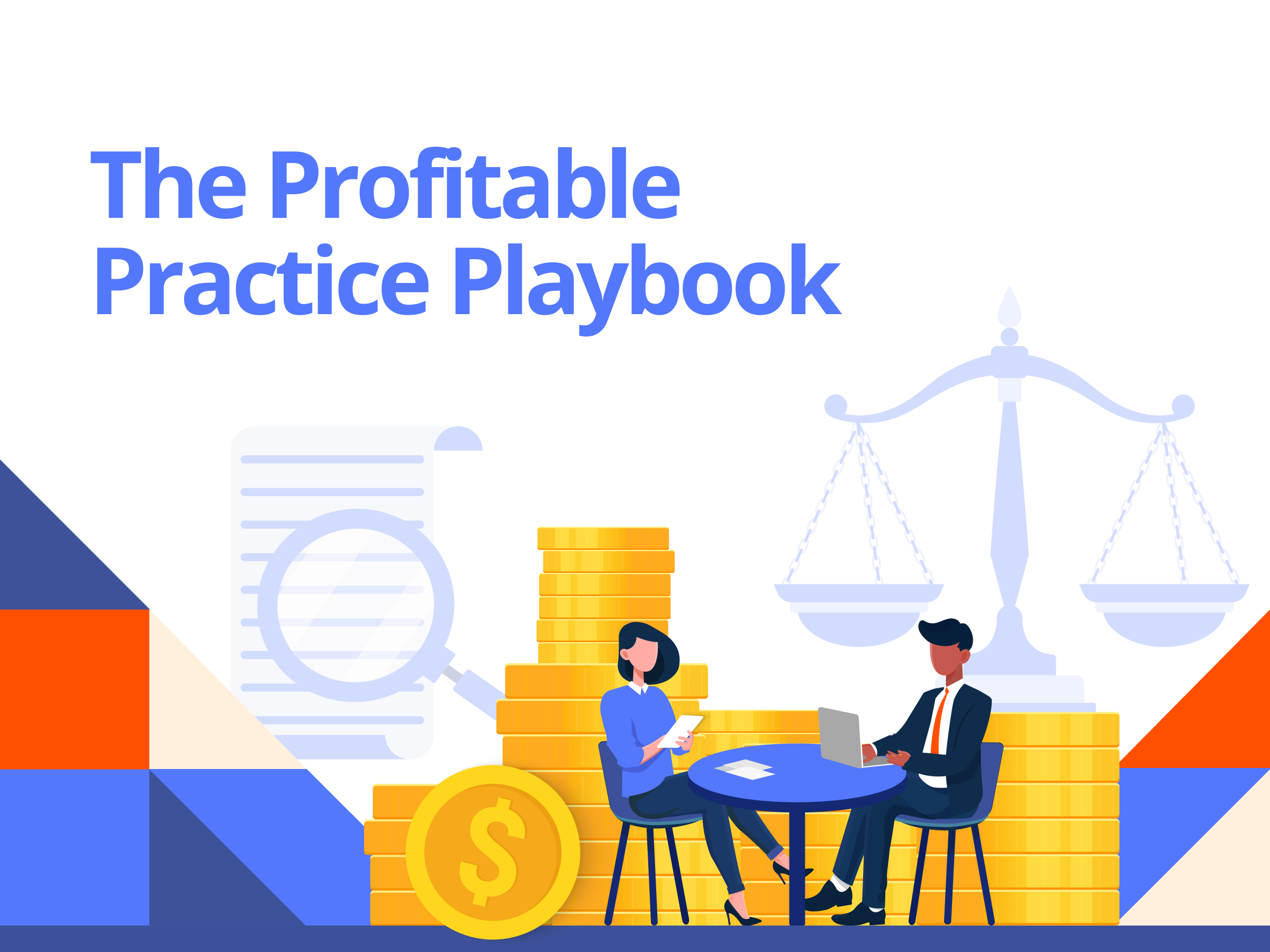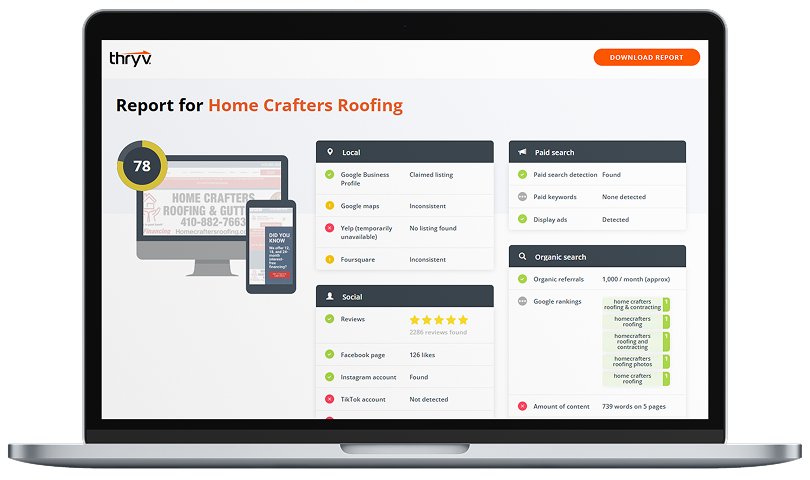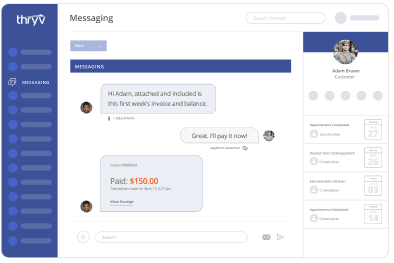Seasonal spikes can be a goldmine for small businesses, but too often, they’re treated as one-and-done opportunities. Customers flood in for holiday sales, back-to-school specials, or seasonal events, only to disappear once the calendar turns. The real win isn’t just in capturing that surge, it’s in converting those seasonal buyers into loyal, long-term clients who keep coming back.
Let’s explore practical strategies to turn temporary demand into lasting relationships. From building personalized follow-up campaigns to creating loyalty programs, here’s how you can keep your brand top of mind all year long.
How to Improve Customer Retention
1. Create a seamless onboarding flow.
2. Build a year-round customer retention system.
3. Run a post-purchase nurture email sequence.
4. Implement feedback loops early.
5. Offer exclusive “Returning Customer” perks.
6. Leverage seasonal buyers for referral growth.
1. Create a seamless onboarding flow.
The first impression after a purchase matters more than you might think. An effective onboarding flow is a series of carefully timed emails or messages designed to welcome new customers, introduce them to your brand, and help them get value from your product or service as quickly as possible. This might include how-to guides, FAQs, or tips for maximizing benefits. By proactively guiding customers through these early stages, you reduce confusion and buyer’s remorse, which lowers churn and increases the chances they’ll stick around long term.
Small Biz Win: Setting up an automated onboarding flow means you don’t have to follow up with every new buyer manually; your system nurtures them automatically.
2. Build a year-round customer retention system.
Relying on seasonal demand alone means you miss out on a huge opportunity to generate consistent revenue. A customer retention system is a strategic framework that keeps your brand connected with customers throughout the year using scheduled touchpoints. This can include newsletters, educational content, seasonal promotions, and personalized offers based on purchase history. By automating these communications through a CRM or email marketing platform, you maintain top-of-mind awareness without adding extra workload. Over time, this consistent engagement builds trust and loyalty, turning one-time buyers into repeat clients.
Small Biz Win: This systematized approach does more than just keep customers coming back—it creates a steady, predictable sales pipeline you can count on, even in slower seasons.
3. Run a post-purchase nurture email sequence.
After customers make their first purchase, they enter a critical window where follow-up can make or break retention. A post-purchase nurture sequence delivers timely emails that thank customers, offer related product recommendations, provide valuable tips, or share exclusive discounts. This keeps the relationship active and encourages a second purchase sooner rather than later.
Small Biz Win: For example, a boutique might send styling tips a week after a clothing purchase or a recipe after a kitchen appliance sale. Small business owners benefit by increasing customer lifetime value and maximizing the ROI from each new buyer through targeted, value-driven communication.
4. Implement feedback loops early.
Soliciting customer feedback shortly after purchase serves multiple purposes. It shows customers that their opinion matters, making them feel valued and heard. At the same time, it gives you an early warning if anything isn’t working, so you can address issues before they lead to cancellations or negative reviews. Feedback loops can be simple surveys or quick polls integrated into your post-purchase emails.
Small Biz Win: This strategy not only improves customer satisfaction but also provides actionable insights that drive product improvements and refine marketing messaging, ultimately boosting retention.
5. Offer exclusive “Returning Customer” perks.
Rewarding loyalty incentivizes customers to come back instead of shopping elsewhere. Exclusive perks like early access to sales, free shipping, bonus loyalty points, or members-only content create a sense of special treatment and belonging. When customers feel appreciated, they’re more likely to develop an emotional connection with your brand.
Small Biz Win: These perks don’t have to be costly; sometimes a simple “thank you” discount or recognition in newsletters can make all the difference in turning seasonal shoppers into lifelong customers.
6. Leverage seasonal buyers for referral growth.
Happy customers are your best marketing asset. After a positive experience, encourage seasonal buyers to share your business with friends and family through a referral program. Pair the referral request with incentives for both the referrer and the new customer, such as discounts or freebies. This strategy not only increases your customer base but also enhances retention since referred customers tend to be more loyal.
Small Biz Win: Leveraging word-of-mouth referrals is a cost-effective way to grow your community organically beyond the seasonal rush.
From Seasonal Sale to Year-Round Success
Seasonal demand offers a powerful opportunity to grow your business, but the real challenge, and reward, lies in turning those one-time buyers into loyal, long-term clients.
Remember, a seasonal sale can be the start of something much bigger; a foundation for consistent growth and lasting success. By building systems like onboarding flows, nurturing email sequences, and feedback loops, you create ongoing connections that extend well beyond the initial sale. Implementing these strategies ensures your customers feel appreciated and engaged throughout the year, increasing their lifetime worth and boosting your business’s stability.

The Profitable
Practice Playbook
In this free ebook, we’ll show you how to uncover hidden costs and opportunities to improve the profitability of your practice.


